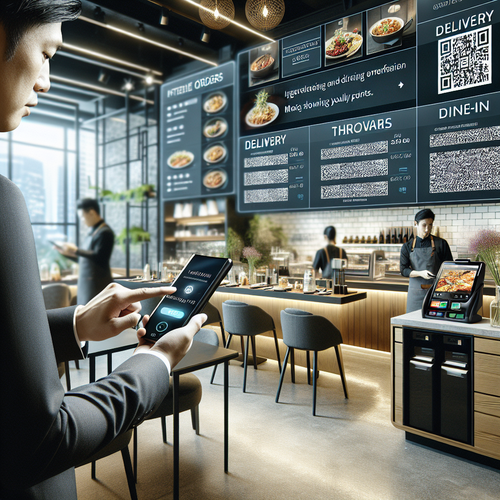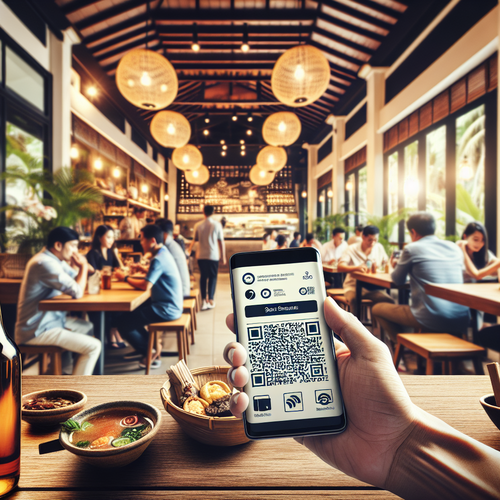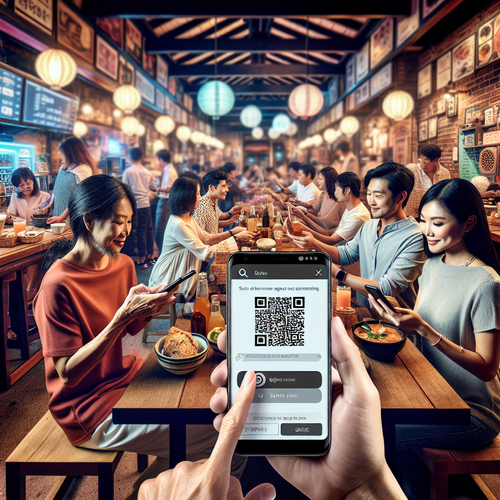Hot off
the press.
Stay in the loop with klikit and the F&B industry — catch up on press coverage on the latest news and insights.

Hot off the press

Integrating Digital Wallets with Loyalty Programs and POS Systems for Omnichannel Restaurant Success
In Singapore’s fast-evolving F&B landscape, restaurant operators face the challenge of providing seamless customer experiences across multiple ordering channels. Integrating digital wallets with loyalty programs and POS/Order Management Systems (OMS) has emerged as a key strategy to drive customer retention and operational efficiency. This article explores the technical and operational benefits of digital wallet loyalty integration and how it enables omnichannel success for restaurants. Understanding Digital Wallet Loyalty Integration in Restaurants Digital wallet loyalty integration refers to the process of linking customers’ digital wallets—such as GrabPay, Apple Pay, or Google Pay—with restaurant loyalty programs through the POS or OMS platforms. This allows customers to earn and redeem loyalty points effortlessly during payment, promoting convenience and higher engagement. For Singapore restaurant brands, such integration is vital for enhancing customer retention by unifying rewards across dine-in, delivery, and pickup channels. Key Components: POS and OMS System Compatibility Successful digital wallet loyalty integration depends heavily on compatibility with existing POS and OMS infrastructure. Popular POS Systems and Their Integration Capabilities Singapore restaurants commonly use POS systems like Vend, Toast, and Klikit that support API integrations with digital wallets and loyalty platforms. These systems: Capture transaction data in real-time Synchronize loyalty points earned and


How QR Ordering Integrated with Loyalty Programs and Digital Wallets is Revolutionizing F&B Customer Engagement
Singapore’s dynamic F&B industry is continuously evolving, embracing technology to enhance customer experiences and streamline operations. Among the latest innovations, integrating QR ordering with loyalty programs and digital wallet payments is revolutionizing how restaurants engage patrons and encourage repeat business. This trend aligns perfectly with Singapore’s digitally savvy consumers and the rising demand for contactless services. The Rise of QR Ordering in Singapore’s F&B Landscape Since the pandemic, QR ordering has seen widespread adoption across Singapore’s vibrant restaurant scene, including both high-end dining and hawker centers. This contactless ordering method not only improves hygiene but also expedites the ordering process, minimising queues and wait times. Key benefits of QR ordering include: Contactless payments that reduce physical contact and speed up transactions Easy access to digital menus updated in real-time Enhanced convenience for diners and operational efficiency for F&B outlets With consumers increasingly opting for seamless and safe dining experiences, QR ordering is becoming the new standard in Singapore. Integrating Loyalty Programs with QR Ordering for Seamless Customer Engagement Embedding loyalty programs directly into QR ordering platforms creates a powerful synergy that drives customer retention and engagement. By allowing diners to earn and redeem rewards instantly during ordering, restaurants can nurture